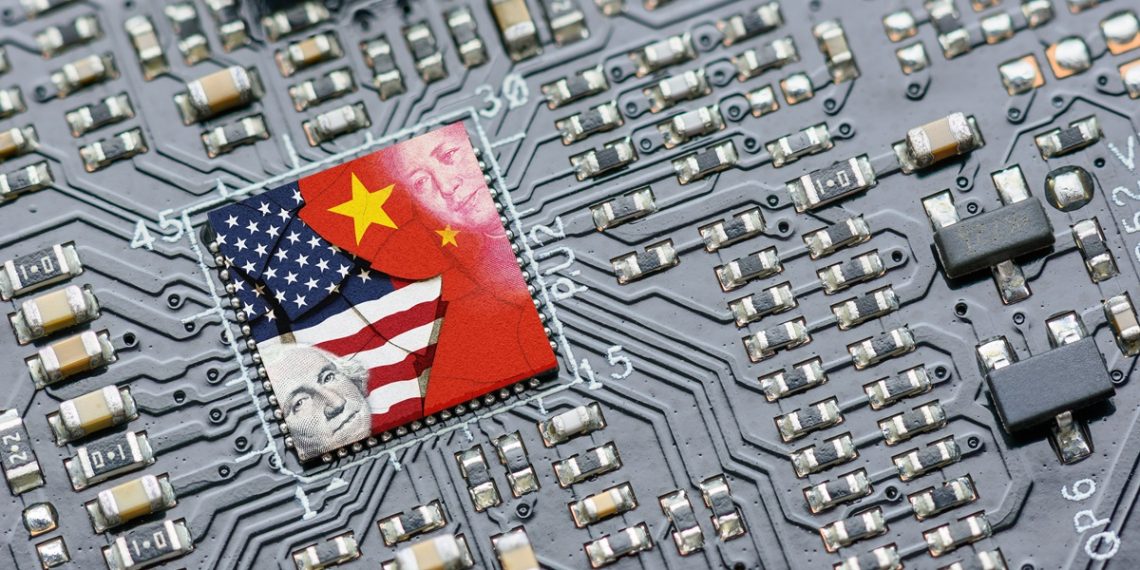China, the world’s leading producer and exporter of graphite, recently announced export restrictions on certain graphite products. This move has significant implications for global supply chains, particularly in the electric vehicle (EV) battery manufacturing sector.
The ban comes in the wake of the US imposing strict export controls on high-powered semiconductors. Beijing took months to release a stern response, now escalating the simmering war over the future of technology with the graphite export ban. A recent reinforcement of those American chip controls by President Joe Biden’s administration was matched three days later, on 20 October 2023.
“At the moment both China and Western countries are engaged in tit for tat, highlighting how protectionist measures often spread. Newton’s third law that every action causes a reaction applies here, too.” Said Stefan Legge, head of tax and trade policy research at the University of St Gallen in Switzerland.
With China dominating the world’s production and processing of graphite, the export ban could potentially disrupt supply chains, raise costs, and affect production. However, it also presents an opportunity for other countries to diversify their sourcing and reduce dependence on China.
According to Chemical and Engineering news, before the export restrictions were announced, several companies had already expressed intentions to establish graphite mining and processing or anode material production outside of China. For instance, Anovion and Novonix (ASX: NVX) are planning synthetic graphite anode material plants. This trend is likely to accelerate with the new export restrictions. The US and its allies are turning to alternative sources like Mozambique and Tanzania to diversify their sourcing.
The export ban is not targeted at a specific country and could impact any of China’s top customers, such as Japan, the US, India, and South Korea. However, it could also encourage these countries to explore other avenues for sourcing graphite, thereby fostering a more diversified and resilient global supply chain.
While China’s export restrictions may pose short-term challenges for global supply chains, they also present an opportunity for other countries to step up their production and processing capabilities. This could lead to a more diversified global supply chain that is less dependent on a single source, thereby enhancing its resilience in the face of future disruptions.












